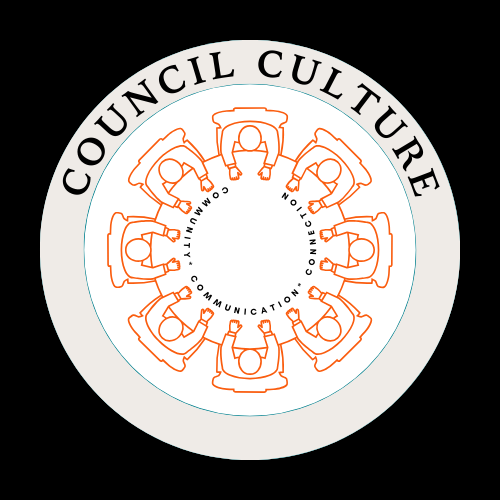How to Use Psychology to Boost Event Attendance
You’ve booked the venue, designed the posters, posted on social media, and even put a notice in the parish magazine. But when the day comes, attendance is low. Sound familiar? Or after the event, people say, ‘But I never heard about it until after’.
One of the most frustrating parts of council communications is promoting an event only to hear, “I didn’t know that was happening.” It’s not just disheartening; it points to a deeper issue: how our messages land.
To improve attendance, we need to stop relying solely on information and start focusing on emotion. It’s not just what we say, it’s how we make people feel.
Facts Don’t Stick, Feelings Do
People are constantly bombarded with information. From road signs to Netflix trailers, from emails to social media feeds, we’re all drowning in content. Most of it is instantly forgotten, unless it makes us feel something.
Instead of saying: “Join us for a street party with live music and food stalls,”
Try: “When was the last time you danced with your Dad? Join us for a day of music, laughter, and memory-making on the High Street.”
Now the reader is emotionally involved. They picture their family. They feel nostalgic. And crucially, they remember.
I know what you’re thinking… people will say ‘but my Dad died’. There is a real fear of ‘getting it wrong for someone’. And we will and that’s OK, because if we are broadcasting to everyone, we reach no one, so we need multiple emotional hit points (at least I didn’t say grandma, although that also works!)
Ask Questions That Invite Connection
Don’t wait for complaints. Ask your audience:
How did you hear about the event?
What would make you more likely to come next time?
What kind of events do you most enjoy locally?
Better yet, ask before the event. A simple post that says, “We’re planning our next big event. What would you love to see included?” immediately increases emotional investment. People are more likely to attend something they’ve helped shape.
Pre-empt the Criticism
You can’t stop someone from commenting “I didn’t know this was happening,” but you can preempt them by posting your promotion efforts. A thank-you message that lists all the places the event was advertised shows transparency, acknowledges community partners, and heads off blame. You can also ask people how they heard about the event, giving proof of your marketing efforts.
Use Multiple Channels, but Prioritise Newsletters
Social media algorithms are unpredictable. Notice boards get overlooked. Flyers land in the recycling. But newsletters, especially digital ones, go directly into inboxes. They’re one of the most reliable ways to reach people who want to stay informed. Having a live newsletter you can keep editing on Canva is a brilliant way of updating any changes and bad weather updates (more on this on Canva Training I give via the SLCC or book me one-to-one)
If your council doesn’t have a newsletter, it’s time to start one. And if you do have one, make sure it’s written in a way that connects, not just reports.
Add a Human Hook
Make your event about a story, a person, or a moment. Is it a community picnic? Feature a quote from a resident who’s bringing three generations of their family. Is it a tree planting? Tell the story of the child who named the tree after her grandmother. People engage with people.
Final Thought
If your events are emotionally memorable before they even happen, people will want to be there. Use psychology not to manipulate, but to connect. And when people feel included, they show up.
